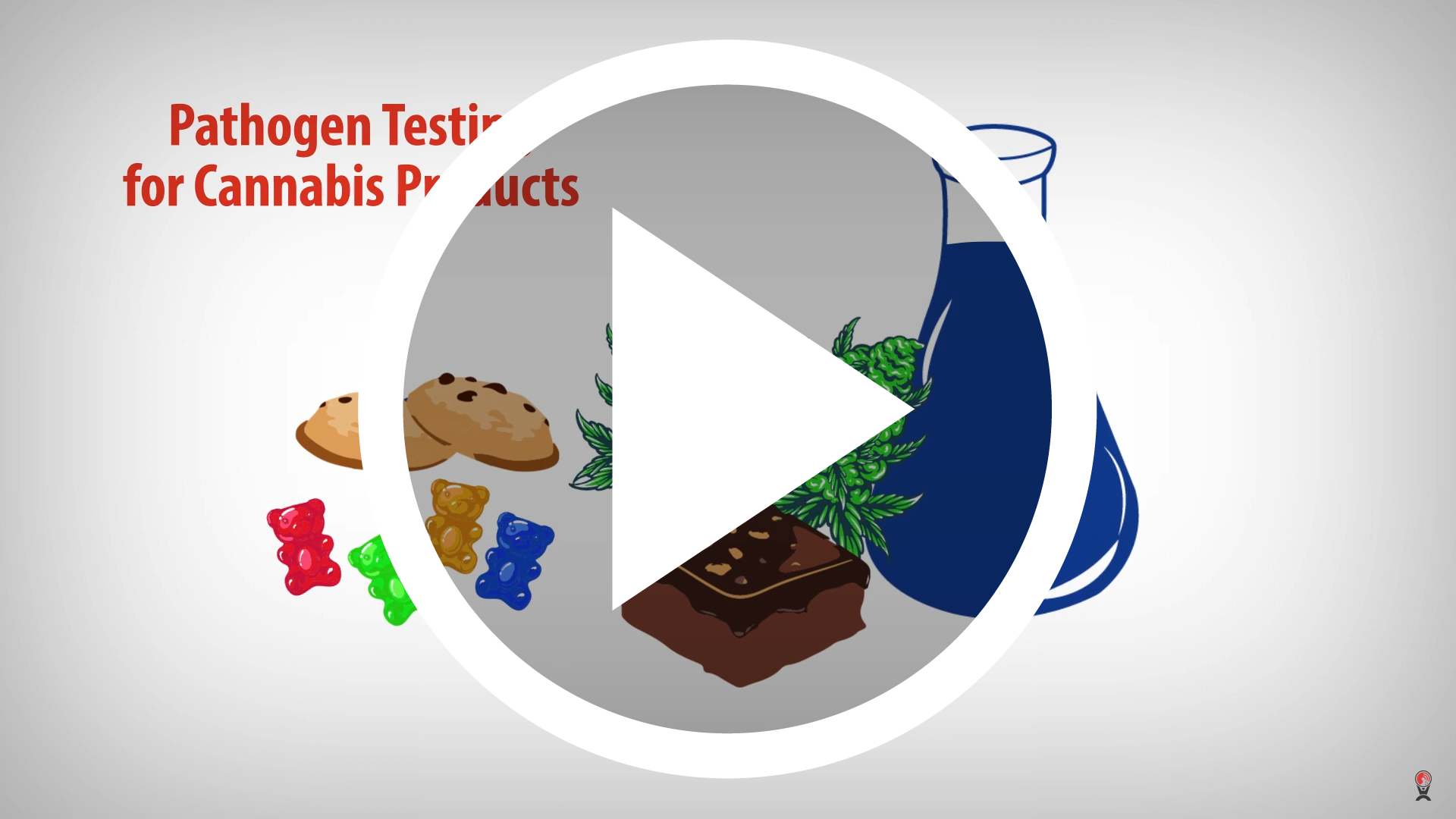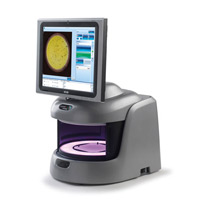Cannabis samples are typically received in the testing laboratory as the flower, topical emulsions & concentrated oils, or edible preparations.
Weighing and Diluting
- Flower and edibles are processed at a dilution factor of 1:9 or 1:99.
- Topical emulsions and oils are processed at a ratio of 1:99 or 1:9 with the addition of a surfactant/detergent.
Sample enrichment: Take the guesswork out of weighing and diluting by pairing the EZ-Flow gravimetric diluter and MediaBox ready-to-use sterile broths. Based on the weight of your sample, the EZ-Flow will automatically create the correct dilution factor by drawing liquid media directly from MediaBox and dispensing it into your sample bag. MediaBox connects directly to the EZ-Flow diluter for a completely closed system. The EZ-Flow has a dilution range factor from 1/2 to 1/99.
Enrichment broth types: Buffered Peptone Water (BPW), Butterfields Phosphate Buffer, Tryptic Soy Broth with Casamino acids and 8mg/L Novobiocin (mTSB+n), Nutrient Broth, Letheen Broth with Tween 80, and 0.1% BPW. Custom formulations available.

MediaBox sterile broths connect directly to the EZ-Flow Gravimetric Diluter for automated sample weighing and diluting
Sample Blending
A homogenized sample is prepared to ensure that any bacteria are properly dispersed within the sample to promote optimal growth and an even distribution throughout the sample. The aliquot taken for testing is therefore representative of the general level of contamination of the original sample.
Sample Preparators:
The EZ-Mix 400 is our most economical lab blender that features paddle-blending technology, truly silent blending and quick homogenizing of samples.
Artificial Contamination
- 10 samples spiked with atypical serogroup
- 10 samples spiked with high CFU
- 10 samples spiked with 0.5 CFU (theoretically)
- 10 samples as a negative control group
Enrichment and Incubation
After the sample has been pulsified or blended, it is ready for incubation. Most samples are incubated for 24-hours.
Incubators: Memmert incubators are ideal for all applications with temperatures up to +80C; and for incubating live cultures at +37C. Precise control technology eliminates temperature overshoots and loads are carefully warmed up.
Isolation
After enrichment and incubation, any viable bacteria recovered are plated and isolated on selective agar plates.
Chromogenic Agar Plates: EZ-CHROM chromogenic media is ideal for the outgrowth and identification of specific pathogens from these enrichment broth samples. Auditors prefer validation methods that are considering typical and atypical species of main focus bacteria including Salmonella serogroups and E.coli serogroups, with a special focus on STEC. Test for at least two serogroups. Plates are incubated for 24 hours.
EZ CHROM types: EZ-CHROM E. coli O157, EZ-CHROM Salmonella Plus, EZ-CHROM STEC
Enumeration
Plates can be counted manually (not recommended) or for more accuracy, consistency, and time-savings, an automated colony counter can be used.
Colony Counters: ProtoCOL 3, Protos 3, aCOLyte 3 HD
Confirmation
Final confirmation of serogroups is completed using biochemical identification and/or serotyping.
Biochemical ID systems: Microgen GNA/B Pathogen ID kit for Salmonella and E.coli. Test strips are AOAC approved and include all tests in ISO and other standard methods. Easy to read results after 24 hours incubation.











